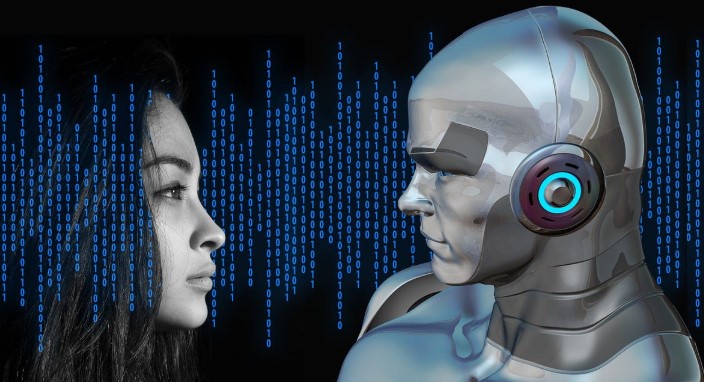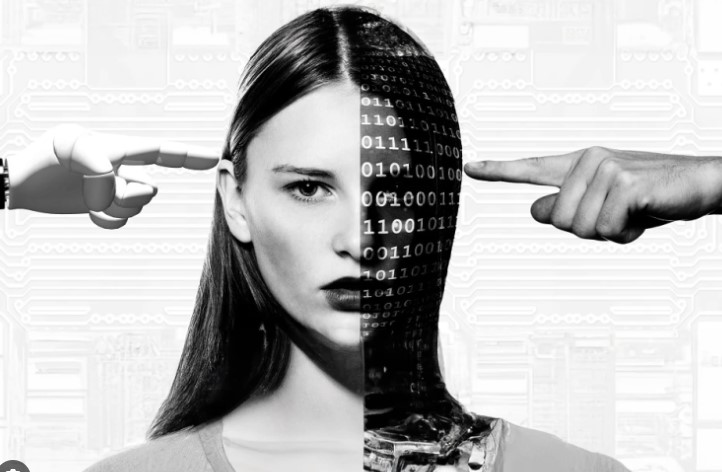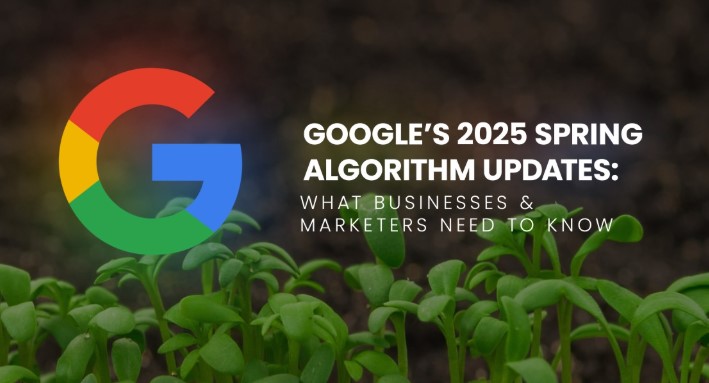As AI grows in 2025, so do its threats. Explore the dark side of AI—from deepfakes and digital scams to AI-powered surveillance and privacy concerns.
Focus Keyword: Dark side of AI
The Dark Side of AI: Deepfakes, Scams, and Surveillance
We often hear how AI is revolutionizing the world—making life smarter, faster, and more efficient. From chatbots to self-driving cars, artificial intelligence has become an integral part of modern life. But while the spotlight shines on its promise, there’s a growing shadow that can no longer be ignored.
Welcome to the dark side of AI, where advanced algorithms are being weaponized to deceive, manipulate, and control. In 2025, AI doesn’t just help—it can harm, and the risks are more real than ever.
In this blog, we’ll explore three of the most pressing threats from AI: deepfakes, scams, and surveillance. Whether you’re a tech enthusiast or an average internet user, understanding these dangers is critical.
Deepfakes: When Seeing Is No Longer Believing
In 2025, deepfake technology has evolved far beyond gimmicky celebrity face swaps. Powered by sophisticated neural networks, AI can now clone faces, voices, and even writing styles with frightening precision.
The Threats They Pose
Political Misinformation: In an age of viral content, a single deepfake video of a politician making false statements can swing public opinion—or even elections
Legal Confusion: Fake video “evidence” could influence court trials or lead to wrongful arrests.
Real Example
AI-Powered Scams: The New Face of Fraud
Scammers are no longer just shady emails from “Nigerian princes.” Thanks to AI, fraudsters now deploy intelligent, automated systems to steal money and information.

How AI Scams Work in 2025
Voice Cloning: Scammers use AI to mimic your loved one’s voice and claim they’re in trouble. You get a call that sounds like your daughter asking for urgent money—but it’s a bot.
AI Chatbots: Fraudsters deploy chatbots on dating apps or WhatsApp to build trust and extract financial details over time.
Phishing Emails 2.0: Gone are the typos. AI now generates grammatically perfect emails tailored to your interests and behavior—making them incredibly convincing.
Crypto and AI Fraud
Crypto scams are now merged with AI. For example:
Fake AI investment platforms promise unrealistic returns.
AI-generated influencers pitch pump-and-dump crypto schemes on YouTube and TikTok.
Surveillance: Privacy in Peril
Big Brother isn’t coming. He’s already here—and now he’s smarter than ever.
Smart Cities or Spying Cities?
Many smart city projects now double as surveillance networks:
Facial recognition cameras track individuals in real-time.
AI sensors monitor emotions in schools or workplaces.
Predictive policing uses AI to flag “suspicious” behavior, often based on flawed or biased data.
The Problem with AI Surveillance
Bias and Discrimination: AI systems trained on biased data may unfairly target marginalized groups.
Psychological Impact: Living Under AI’s Shadow
The dark side of AI isn’t just technical—it’s emotional and societal. Here’s how:
Trust Decay: As deepfakes and AI scams increase, people stop believing what they see or hear.
Scam Trauma: Victims of AI scams often suffer financial loss, embarrassment, and even PTSD. Also Read>>>>
Can Anything Be Done?
The threats are real—but not unstoppable. Here’s how governments, tech companies, and users are responding:
- AI Detection Tools
Startups are developing deepfake detectors and AI content verifiers. These tools analyze media for artifacts, inconsistencies, and pixel anomalies to flag fake content.
- Legal Frameworks
In 2025, more countries are passing:
AI transparency laws
Deepfake disclosure rules
Data protection and privacy regulations
But the laws are still playing catch-up with the speed of innovation.

- AI Ethics Movements
Big tech is under pressure to adopt AI ethics guidelines, including:
Responsible data usage
Consent-based surveillance
Bias audits in AI training datasets
Organizations like the AI Ethics Council are lobbying for human-centered AI design.
What You Can Do to Stay Safe
Knowledge is your first line of defense. Here’s how to protect yourself:
Verify Content: Don’t trust every video or voice note. Use fact-checking tools and reverse image searches.
Stay Updated: Follow cybersecurity news and AI developments.
Use Multi-Factor Authentication (MFA): Protect your accounts from AI-powered phishing attacks.
Limit Data Sharing: Don’t overshare online—especially voice notes or personal videos.
Final Thoughts: AI—Friend or Foe?
Artificial Intelligence is not inherently evil. It’s a tool. But like any tool, it can be misused. The dark side of AI—deepfakes, scams, and surveillance—is a growing threat that affects everyone, not just techies.
In 2025, the challenge isn’t stopping AI advancement—it’s steering it responsibly. Governments must regulate, companies must act ethically, and users must stay informed.
Because the future of AI is being written now—and it’s up to us whether it becomes a nightmare or a force for good.
Want to stay informed about AI’s impact on your privacy, safety, and future? Subscribe to our newsletter and get weekly updates, practical tips, and real-world insights.





